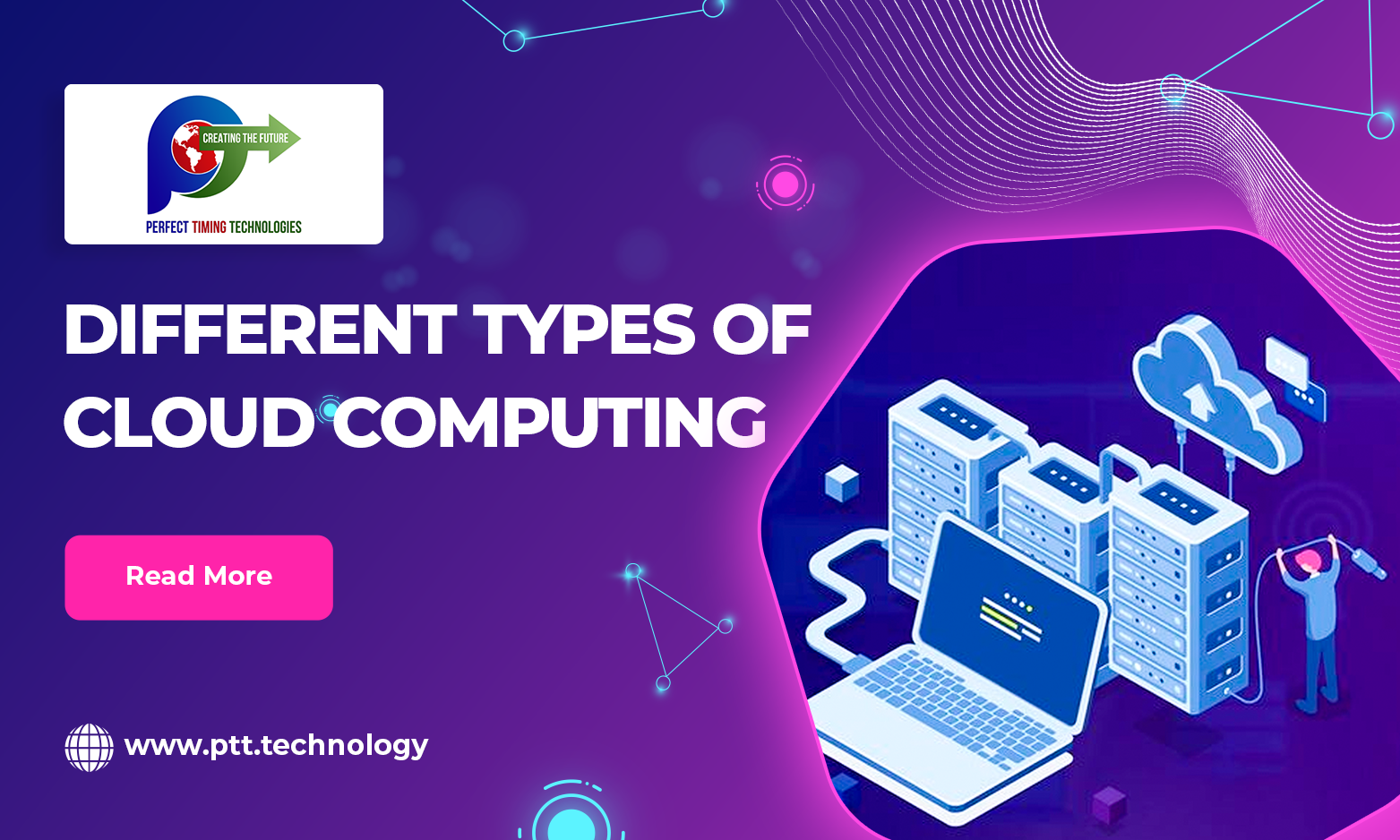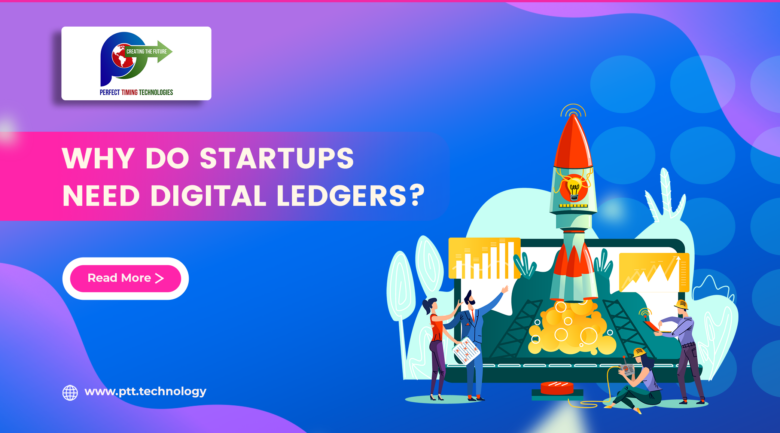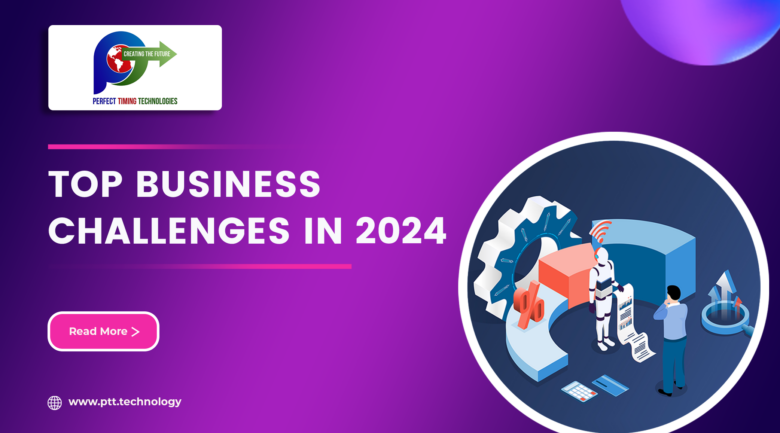
Modern businesses are moving to the cloud like never before as cloud computing continues to evolve for the better. Cloud computing is a technology and service model that allows individuals and organizations to access and use computing resources such as servers, storage, databases, networking, software, and more via the Internet. Instead of owning and managing physical hardware and software on your premises, you can rent or lease these resources from cloud service providers.
Cloud Computing has become widely popular due to the increased risk of data theft and cyber-attacks. Cloud computing gives a highly secure space to manage and store all kinds of personal and business data. Understanding the types of cloud computing is crucial for businesses to choose the most suitable solution.
Let us have a look at the major types of cloud computing deployment models.
Types of Cloud Computing Deployment Models
Cloud computing encompasses several deployment models that describe how cloud services are delivered and hosted. The primary types of cloud computing are as follows.
- Public Cloud: Public cloud services are provided by third-party cloud service providers on the Internet. These services are available to the general public on a pay-as-you-go basis. The best examples of public cloud providers include Amazon Web Services (AWS), Microsoft Azure, Google Cloud Platform (GCP), and IBM Cloud. Public clouds are highly scalable and cost-effective but may have limitations of customization and control.
- Private Cloud: Private cloud computing involves dedicated cloud infrastructure used exclusively by a single organization. It can be hosted on-premises or by a third-party provider. Private clouds offer greater control, security, and customization but require significant upfront investment and ongoing maintenance. Organizations with specific compliance, security, or performance requirements choose private cloud solutions.
- Hybrid Cloud: Hybrid cloud combines both public and private cloud environments, allowing data and applications to be shared between them. This model provides flexibility to use public cloud resources for scalability and cost-effectiveness while maintaining sensitive data or critical applications in a private cloud for security and control. Hybrid cloud management can be complex while offering a balance between customization and scalability.
- Multi-Cloud: Multi-cloud refers to using multiple public cloud providers or private clouds to meet specific business needs. Organizations might use one cloud provider for one service or application and another for different purposes. Multi-cloud strategies can help avoid vendor lock-in, enhance resilience, and optimize costs, but they require effective management and integration between cloud platforms.
- Community Cloud: Community cloud is a shared cloud infrastructure that serves multiple organizations with similar interests, such as regulatory requirements or industry-specific needs. It offers collaboration and resource sharing among a select group of organizations while providing some isolation and customization.
- Edge Computing: Edge computing extends cloud computing resources to the edge of a network, closer to where data is generated and processed. It reduces latency and enables real-time processing for applications like IoT (Internet of Things), autonomous vehicles, and remote monitoring. Edge computing is often used with public or private clouds to enhance performance.
Conclusion
The various cloud computing models allow organizations to choose the most suitable approach based on their specific requirements, including data security, compliance, scalability, and cost.
If you want to move your business to the cloud, create a cloud strategy that aligns with your business goals and technology needs.
At Perfect Timing Technologies, we have an expert IT team to serve all businesses planning for digital transformation. Get in touch with us today to find the perfect solution for your business needs.







